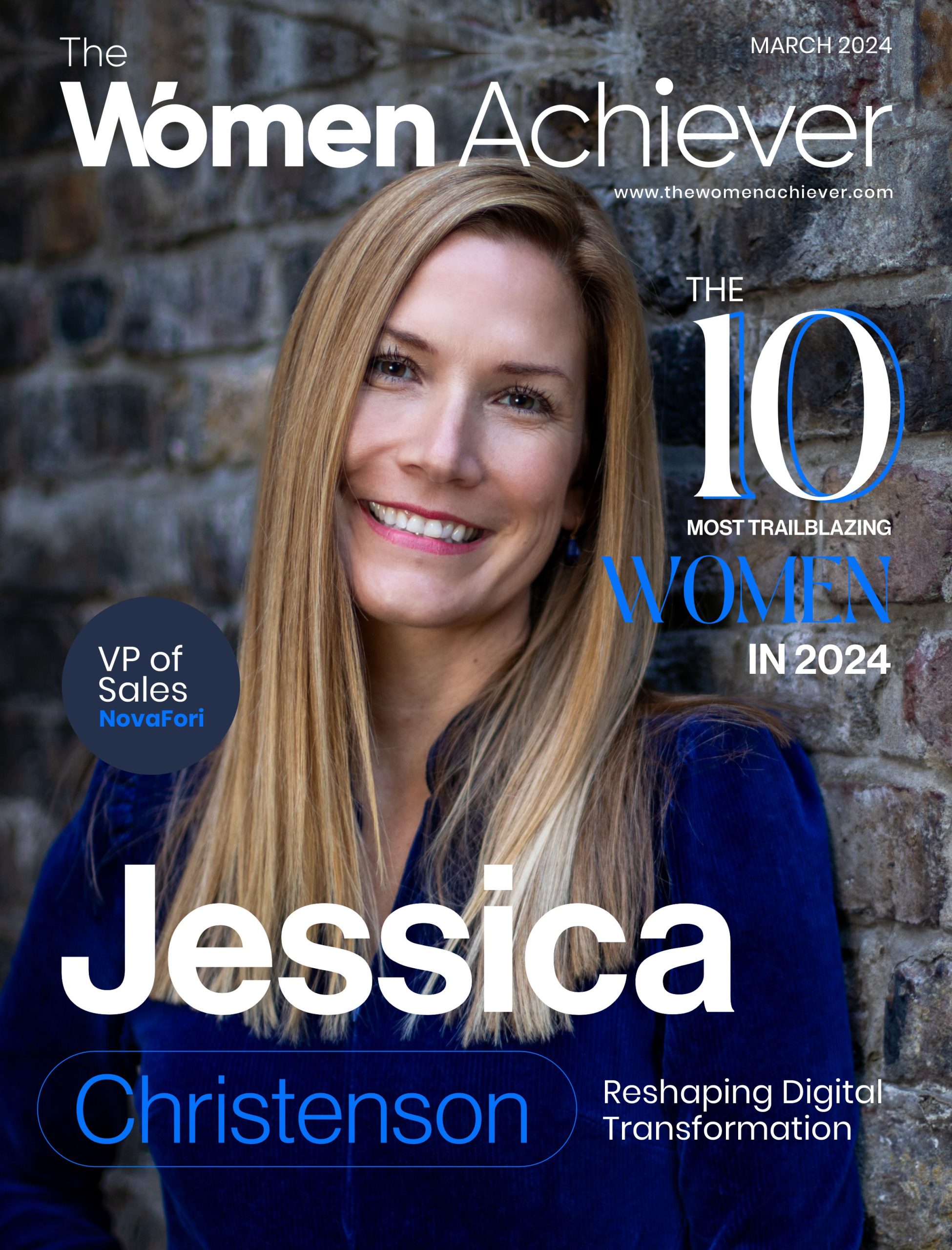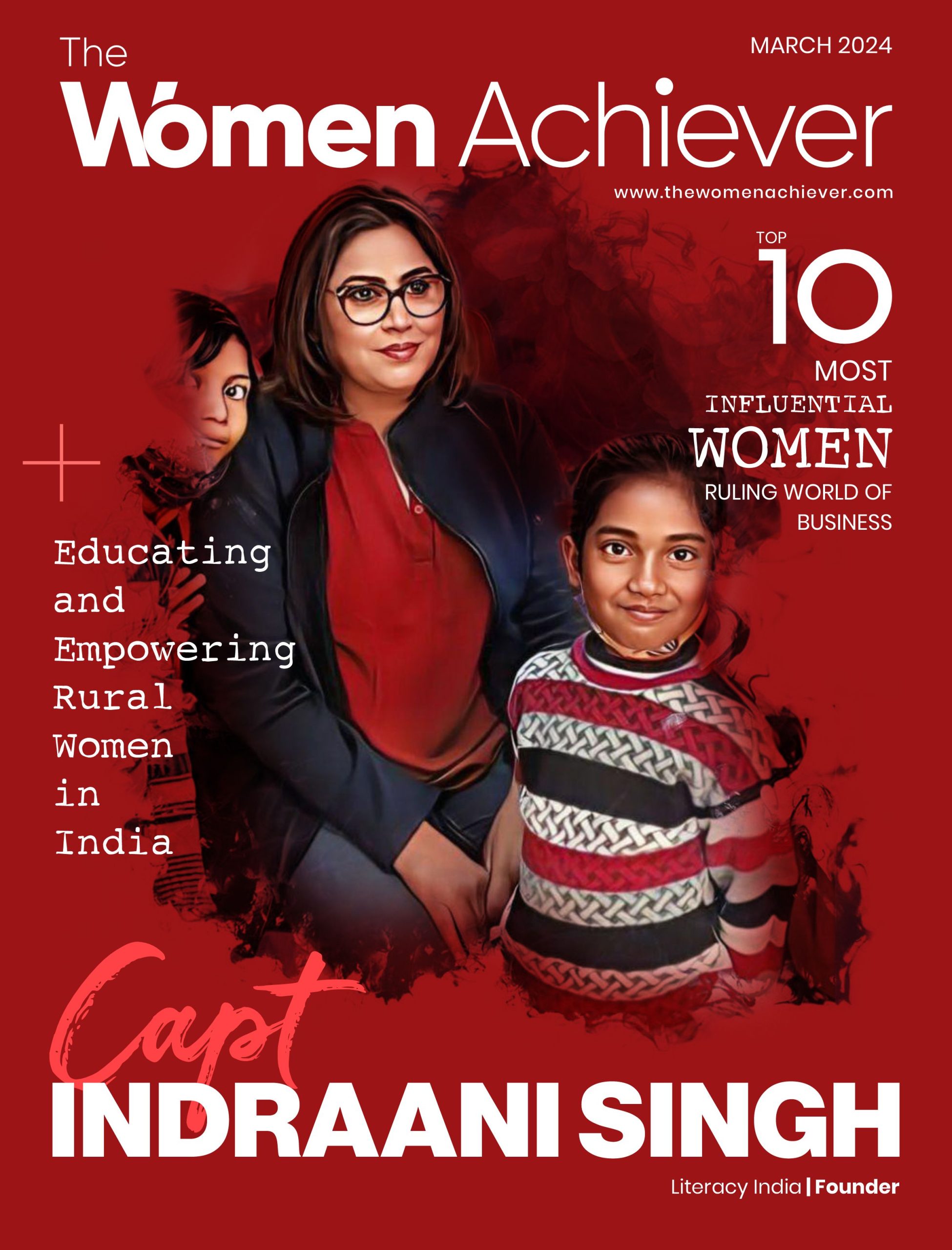In the ever-evolving landscape of literature and creative expression, women writers continue to break new ground, pushing the boundaries of storytelling and discourse. However, despite their incredible contributions, women often face unique challenges that can impede their writing journey. From writer’s block to language barriers and accessibility issues, the hurdles can be daunting.
In recent years, the emergence of artificial intelligence (AI) tools has provided a groundbreaking solution to these challenges, offering women writers a helping hand in navigating the complex world of words. This article explores how AI technologies are becoming invaluable allies for women writers, with a focus on overcoming obstacles through tools like the Human vs AI writing detector.
Overcoming Writer’s Block
Writer’s block is a challenge that most writers face regardless of gender and can be particularly discouraging. Many women writers find themselves grappling with this creative roadblock, hindering their ability to produce work consistently. AI tools, equipped with advanced algorithms and predictive capabilities, are proving to be effective aids in overcoming writer’s block. For instance, AI-powered writing assistants analyze patterns in a writer’s work, offering suggestions for overcoming mental blocks and generating prompts to spark inspiration. These tools act as virtual companions, encouraging women writers to forge ahead even when faced with a daunting blank page.
Moreover, the Human vs AI writing detector, a cutting-edge technology, serves as a valuable asset in the battle against writer’s block. By providing real-time feedback on the quality and effectiveness of the writing, this detector not only helps writers refine their work but also boosts their confidence. Knowing that there is a tool capable of objectively assessing their writing can be a powerful motivator for women writers, breaking down mental barriers and empowering them to express their thoughts with conviction.
Addressing Language Barriers
Language barriers can be a significant impediment for women writers who wish to reach a global audience. In a world where diversity of voices is essential, language should not be a barrier to expression. AI translation tools are playing a pivotal role in bridging this gap. These tools not only translate content accurately but also maintain the writer’s unique voice and style, ensuring that the essence of the narrative remains intact.
Furthermore, AI language models are continuously learning and adapting, allowing them to understand cultural nuances and idioms. This adaptability is crucial for women writers exploring themes deeply rooted in their cultural backgrounds. By facilitating seamless communication across linguistic boundaries, AI tools empower women writers to share their stories with a wider audience, fostering a more inclusive and interconnected literary community.
Accessibility for All
Accessibility issues can pose substantial challenges for women writers with disabilities. Traditional writing tools may not always cater to diverse needs, limiting the potential for expression. AI technologies are stepping in to rectify this by providing adaptive solutions that enhance accessibility for all writers.
Voice recognition software, for example, enables hands-free writing for those with physical disabilities. Additionally, AI-driven text-to-speech technology ensures the written word is accessible to those with visual impairments. These innovations not only democratize the writing process but also amplify the voices of women writers who may have previously faced barriers in the literary world.
The Role of Human vs AI Writing Detector
In the realm of AI tools for writers, the Human vs AI writing detector stands out as a powerful ally in the quest for improvement and refinement. This sophisticated tool goes beyond mere grammar and syntax checks; it delves into the nuances of writing style, coherence, and overall impact. By comparing a writer’s work with established benchmarks and analyzing it against the backdrop of human-authored content, the detector provides nuanced insights that contribute to the enhancement of the writer’s unique voice.
The Human vs AI writing detector serves as a constructive critique, offering valuable feedback on aspects such as tone, clarity, and emotional resonance. This collaborative approach fosters a dynamic relationship between the writer and the technology, encouraging continuous growth and improvement. Through this symbiotic interaction, women writers can refine their craft, gain confidence in their abilities, and navigate the competitive literary landscape with greater assurance.
The Ethical Dimension: Navigating Bias and Preserving Authenticity
AI systems acquire knowledge from extensive datasets, and when these datasets incorporate biases, the technology may unintentionally sustain or magnify them. In women’s writing, this gives rise to apprehensions about fortifying gender stereotypes or inadvertently showing preference for specific writing styles. It is crucial for both developers and users to remain alert in identifying and correcting these biases, ensuring a writing environment that is fair and inclusive for women from various backgrounds.
Furthermore, preserving the authenticity of the writer’s voice is paramount. While AI tools excel in providing constructive feedback and suggestions, the risk lies in the potential homogenization of writing styles. Writers must be discerning in their use of AI, treating it as a tool for enhancement rather than a substitute for their unique perspectives and experiences. The challenge lies in striking a balance — leveraging AI to overcome obstacles without sacrificing the authenticity and diversity that make women’s voices essential in literature.
Conclusion
As women writers continue to make significant strides in literature, AI tools emerge as indispensable companions on their creative journey. From conquering writer’s block to breaking down language barriers and enhancing accessibility, AI technologies are empowering women to overcome challenges that once seemed insurmountable. The Human vs AI writing detector, with its nuanced analysis and constructive feedback, exemplifies the transformative potential of AI in the world of writing.
In this era of technological innovation, the synergy between human creativity and artificial intelligence is redefining the possibilities for women writers. As we embrace these tools, it is essential to recognize and celebrate the ways in which they amplify diverse voices, fostering a literary landscape that is truly reflective of the rich tapestry of human experience. The future of women’s writing is undoubtedly being shaped by the harmonious collaboration between human ingenuity and the ever-evolving realm of AI.










Add comment